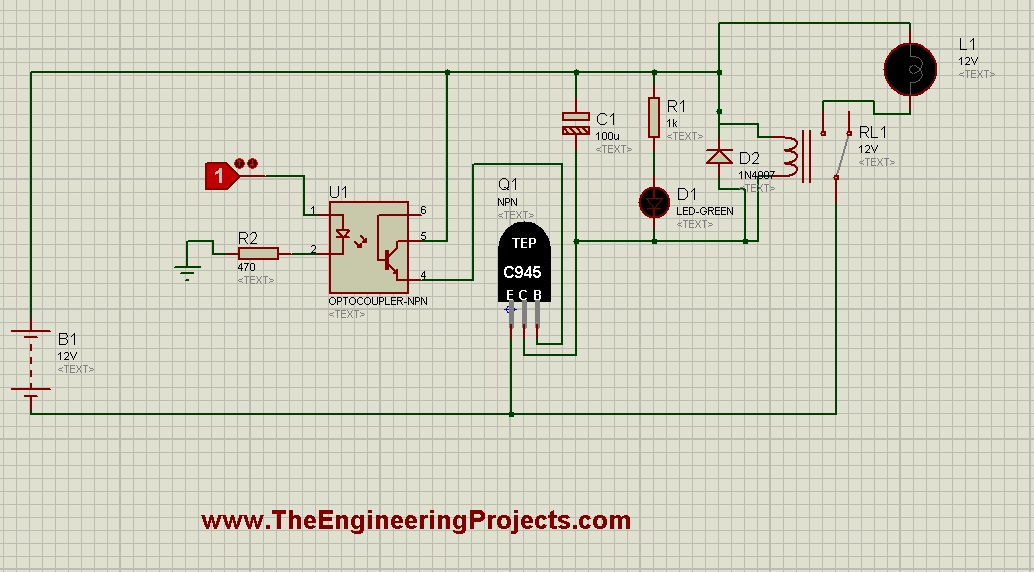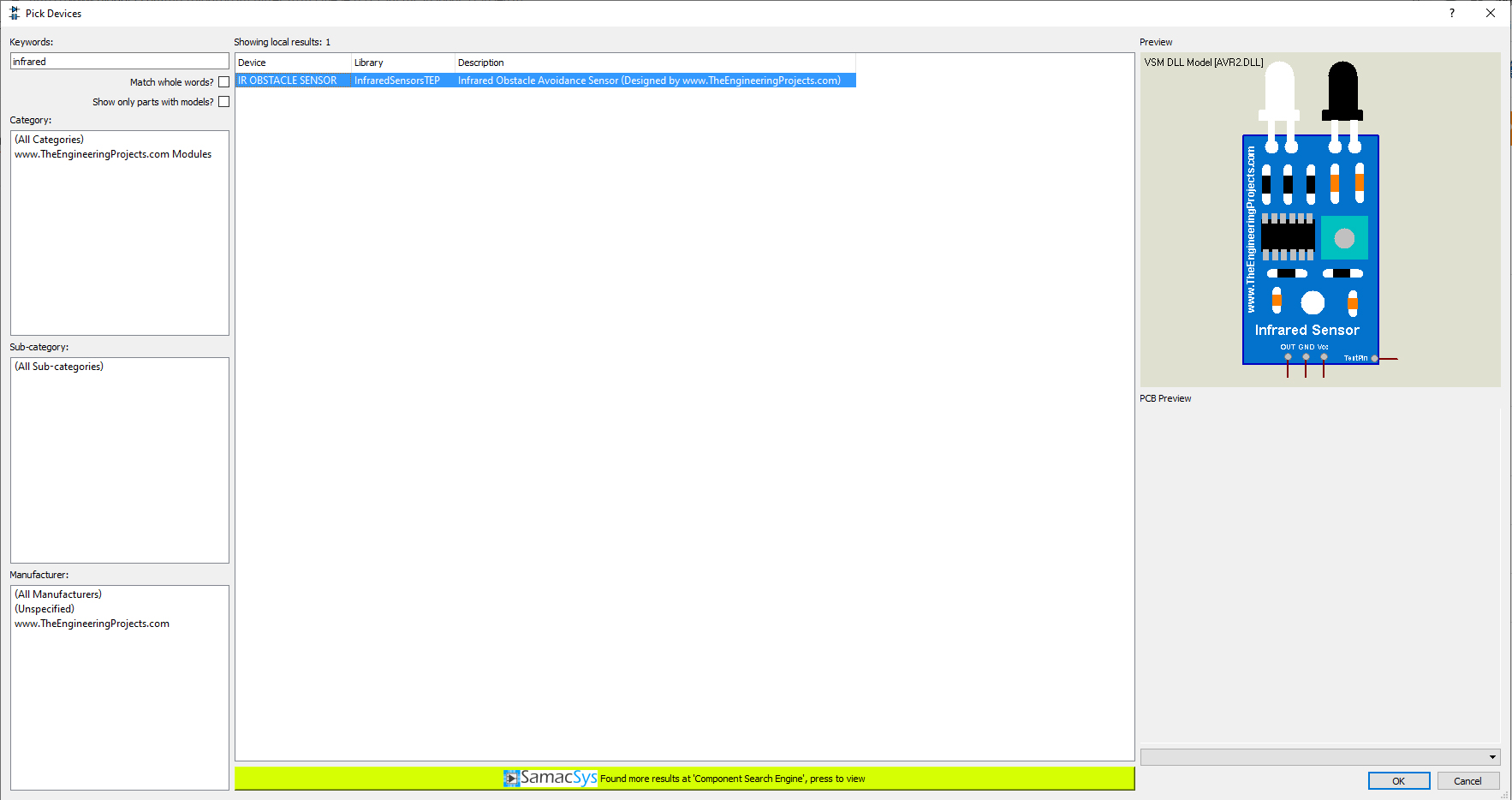
This seems to be related to the fact that the rate of formation of the corresponding per-sulfonic acid increases sharply at temperatures above 70 ☌. However, the difference in the activity of the Mo/TiO 2 and TiO 2-SO 3H catalysts decreases with increasing temperature, and at 80 ☌ sulfonic titanium oxide exhibits greater activity in comparison with the molybdenum-containing analogue. The introduction of the sulfo group to titanium oxide (TiO 2-SO 3H) insignificantly improves the oxidation results, being inferior to the results obtained in the presence of the Mo/TiO 2 catalyst at temperatures of 40 and 60 ☌. (30) The addition of molybdenum compounds to the catalyst composition improves the results, and this difference increases with increasing temperature and at 70 ☌ the DBT conversion in the presence of the Mo/TiO 2 catalyst is 2 times higher than the conversion in the presence of anatase.

In 30 min of the reaction (H 2O 2:S = 2:1 (mol), 0.5% catalyst, 5 mL of acetonitrile, 80 ☌), it was possible to reduce the content of sulfur compounds in the diesel fraction by 88% (from 5600 to 600 ppm).Īccording to the results obtained, titanium oxide itself exhibits insignificant activity in the oxidation of DBT, which is also known from the literature. The enhanced stability for metal leaching was proved in recycling tests, where the catalyst was operated for seven oxidation cycles without regeneration with retainable activity in DBT-containing model feed oxidation with hydrogen peroxide under mild reaction conditions. Complete oxidation of DBT in the presence of the synthesized catalyst is achieved when using a stoichiometric amount of oxidizing agent, which indicates its high selectivity.

For the selected optimal conditions, the Mo/TiO 2-SO 3H catalyst exhibited 100% DBT conversion for 10 min (1 wt % catalyst, molar ratio of H 2O 2:DBT, 2:1 80 ☌). The synergistic effect of molybdenum and sulfonic group modifiers allows for enhancing catalytic activity in dibenzothiophene oxidative transformation, and a strong interaction between support and active component for thus obtained catalysts provides increased stability for leaching.

In this work, new heterogeneous Mo-containing catalysts based on sulfonic titanium dioxide were developed for the oxidation of sulfur-containing model feed.


 0 kommentar(er)
0 kommentar(er)
